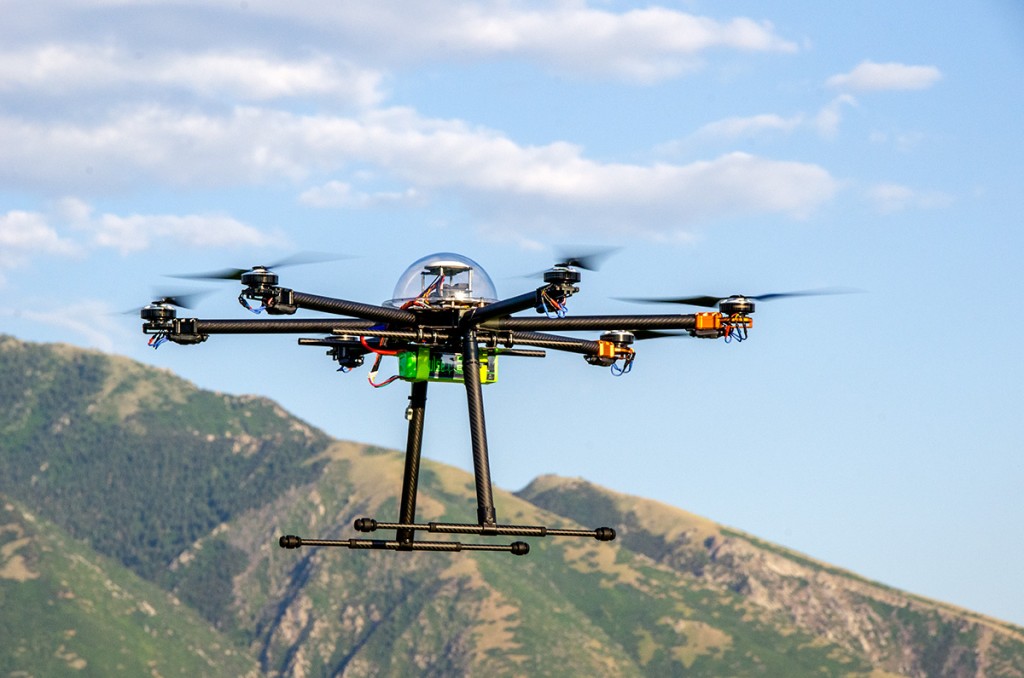- Joined
- Aug 7, 2013
- Messages
- 574
- Reaction score
- 10
mediaguru said:Multi-tested the motor #3 ESC wires. The signal wire on that motor is bad. So I tied a whole new esc wire to the old one and pulled it through. Then resoldered the new ESC wires to the ESC. That all resolved the motor #3 calibration issues and I now have all motors throttle calibrated.
Last night I also finalized the ESC wiring to confirm all motors are spinning up, and rotating the right direction. All good!
Now reading up on what's next, probably tweaking my SuperX flight controller. Maiden flight coming soon.
Glad to hear you solved the problem
Ahhh... the maiden flight, always a bit of a nervous moment that one
Once you bolt your props on there will be a different mass and inertial force on each motor than just firing them up with no prop. Effectively the motor has to work harder to speed up and slow down when a prop is attached to it.
If you can - before your maiden flight have a trusted friend hold the hex above his/her head by the landing gear. Then fire up the hex and take her from idle to full throttle several times. Also give full stick inputs and your helper should feel the multi really trying to pitch, roll and yaw.
You are listening out for the tell tale 'ticking' sound of the the esc/motors not syncing. If they do exhibit this ticking sound DO NOT FLY !!! - you (and your wallet) will regret it.
If all is well with the above test...... put her on the deck and take her up for that maiden flight
Good luck and keep us posted.









